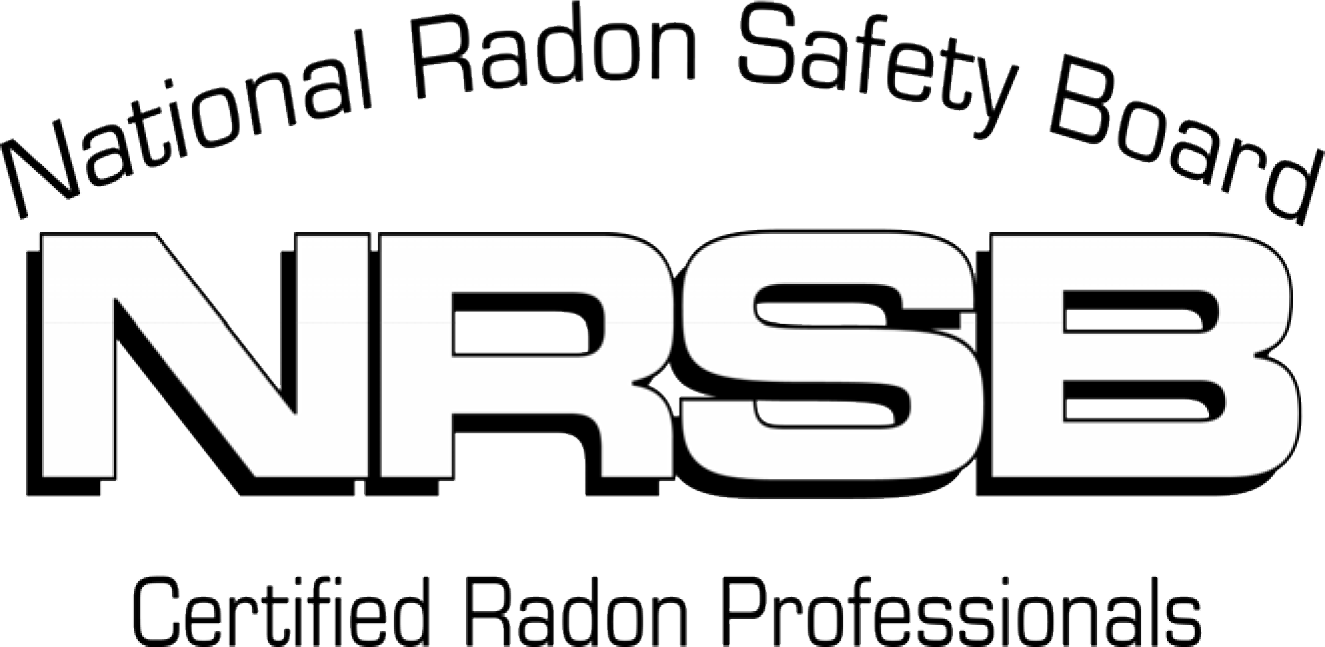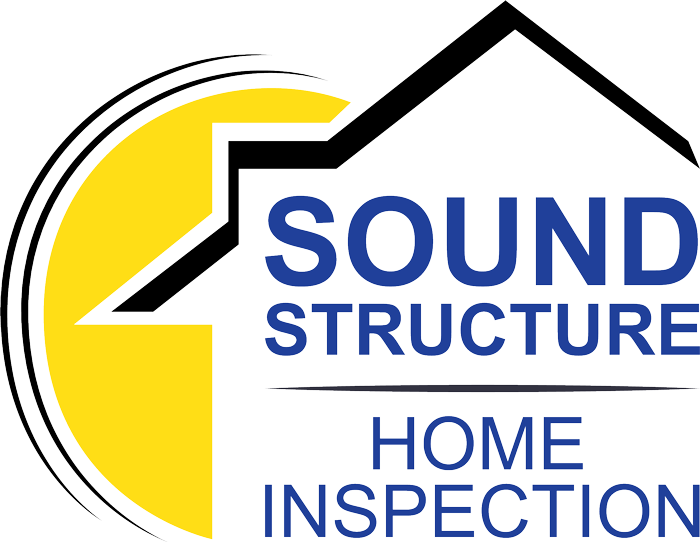
When you are buying or selling a home, an important part of the inspection process is testing for radon. Radon is a colorless, odorless gas that can be found in homes. It is the second leading cause of lung cancer after smoking. Knowing whether or not your home has elevated levels of radon is essential to ensuring the safety of your family. Let’s take a closer look at why radon testing during a home inspection is so important.
Radon Basics
Radon is a natural element that can occur in any type of soil or rock. It enters homes through small openings in walls and foundations. High levels of radon can be found anywhere, regardless of the age, size, or construction type of the building. In fact, according to the EPA (Environmental Protection Agency), nearly one out of every 15 homes in the United States has an elevated level of radon.
Why Test for Radon?
Testing for radon during a home inspection should be done to ensure that your family isn’t exposed to potentially dangerous levels of this radioactive gas. If high levels are found, techniques such as sealing cracks and installing ventilation systems can be used to reduce them. The cost for these services varies depending on where you live and the extent of work required. But the pricing could range anywhere from $800-$2000 dollars. It’s best to test for radon before making final purchase decisions rather than after you’ve moved into the home and have been living with elevated levels without knowing it!
The Testing Process
The testing process involves placing two small devices called charcoal canisters inside your home. One is placed upstairs and one downstairs, for 48 hours while they absorb air samples from both areas. The readings collected are then sent off to an independent laboratory for analysis. The results are typically available within 5 business days and some labs offer express service. If elevated levels have been detected, further testing may be necessary in order to properly diagnose the issue.
Conclusion
Having your home tested for radon during an inspection is essential if you want peace-of-mind when it comes to protecting your family’s health and safety. Especially since there is no way to tell if elevated levels are present without taking measurements directly from within your walls. Fortunately, this process is relatively simple (and affordable) compared with other tests included in most inspections such as those related to electrical systems or asbestos exposure. This makes it an easy decision that should always be considered when buying or selling a property! Contact us today to learn more.
